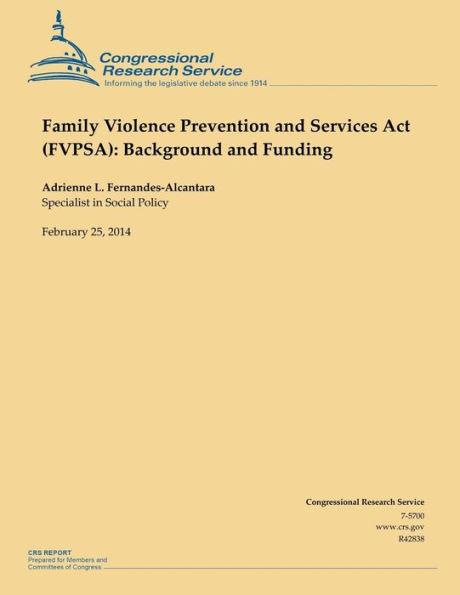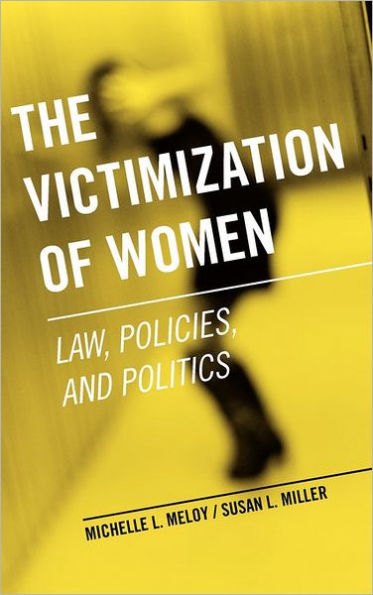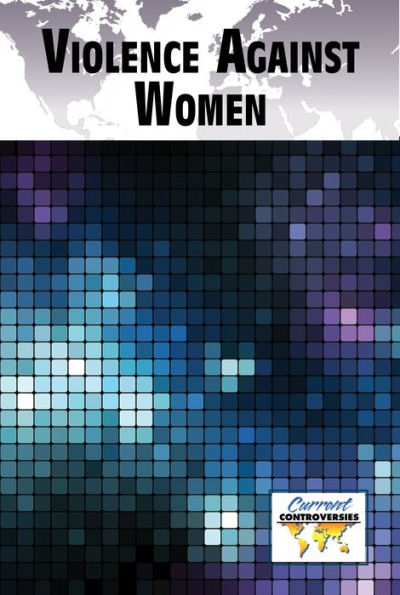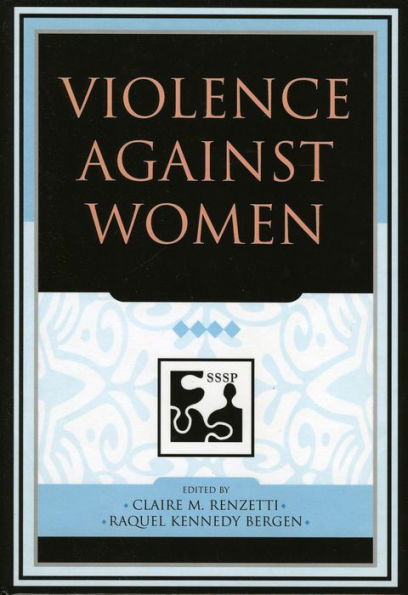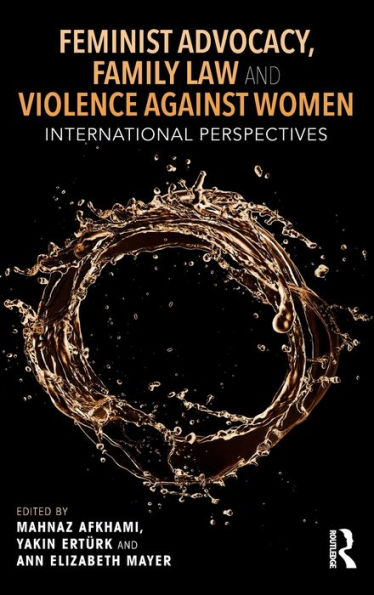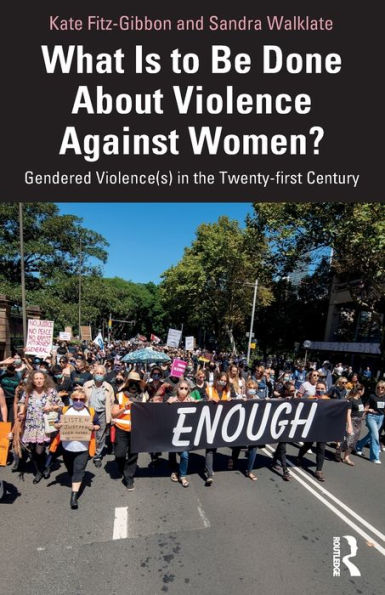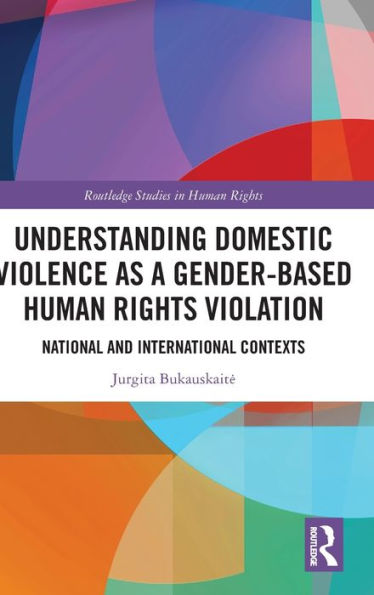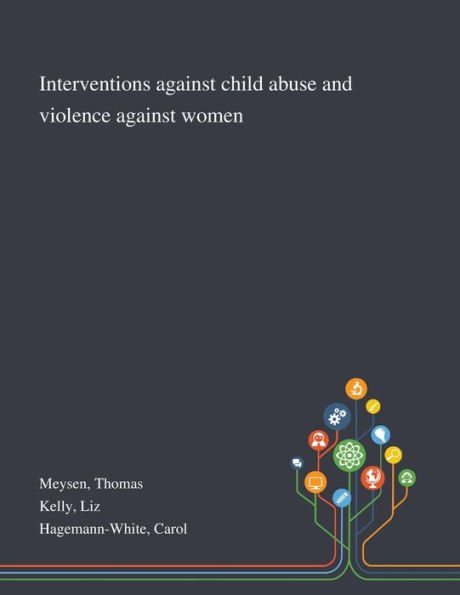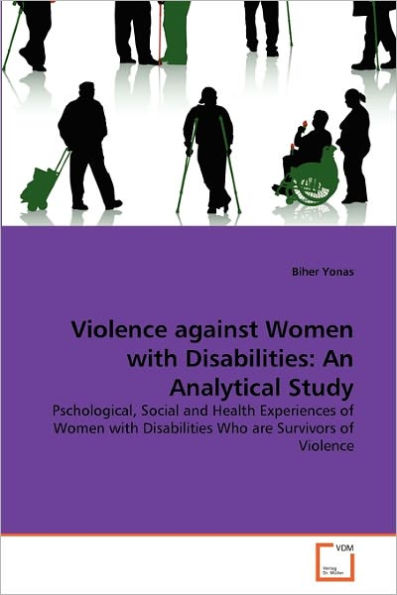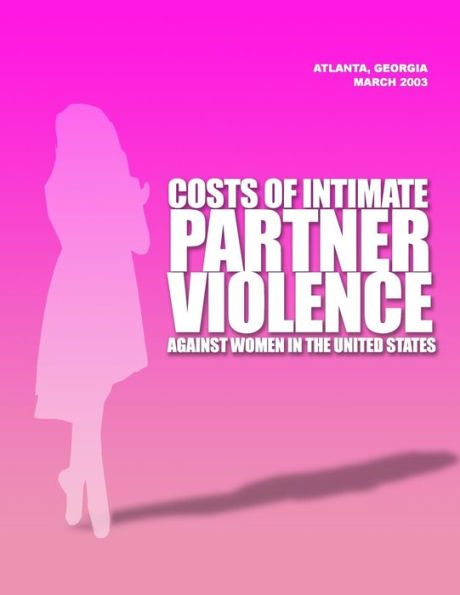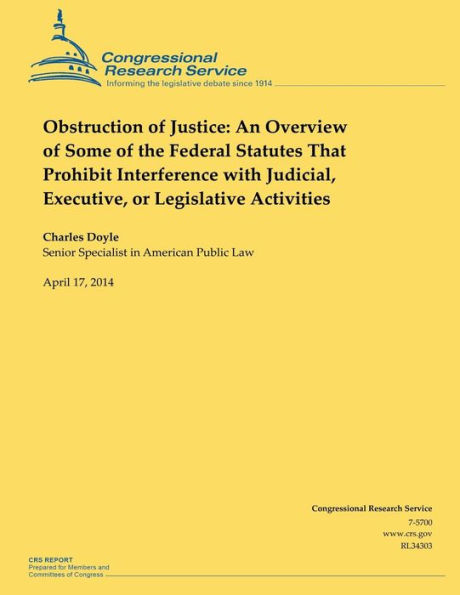Home
The Violence Against Women Act: Overview, Legislation, and Federal Funding


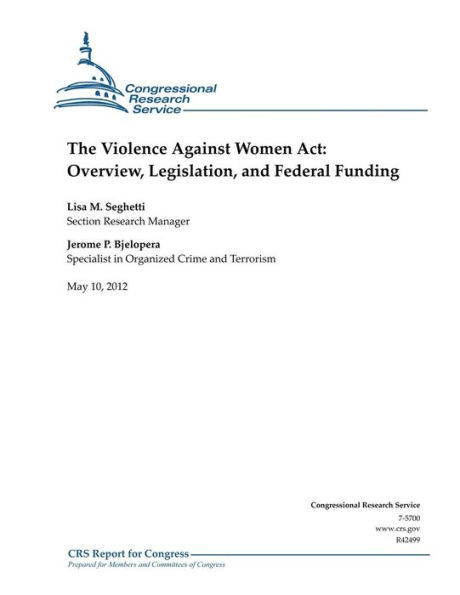
The Violence Against Women Act: Overview, Legislation, and Federal Funding
Current price: $14.99
Loading Inventory...
Size: OS
In 1994, Congress passed the Violence Against Women Act (VAWA, P.L. 103-322). The act was intended to change attitudes toward domestic violence, foster awareness of domestic violence, improve services and provisions for victims, and revise the manner in which the criminal justice system responds to domestic violence. This legislation created new programs within the Departments of Justice and Health and Human Services that aimed to both reduce domestic violence and improve response to and recovery from domestic violence incidents. VAWA primarily addresses certain types of violent crime through grant programs to state, tribal, and local governments; nonprofit organizations; and universities. VAWA programs target the crimes of intimate partner violence, dating violence, sexual assault, and stalking. In 1995, the Office on Violence Against Women (OVW) was created administratively within the Department of Justice to administer federal grants authorized under VAWA. Since its creation, the OVW has awarded more than $3 billion in grants. While the OVW administers the majority of VAWA authorized grants, other federal agencies, including the Centers for Disease Control and Prevention and the Office of Justice Programs, also manage VAWA grants. Since 1994, VAWA has been modified and reauthorized several times. In 2000, Congress reauthorized VAWA, enhanced federal domestic violence and stalking penalties, added protections for battered immigrants, and added new programs for elderly and disabled women. In 2005, Congress again reauthorized VAWA. The legislation enhanced penalties for repeat stalking offenders; added protections for battered and trafficked immigrants; and added programs for sexual assault victims and American Indian victims, and programs designed to improve the public health response to domestic violence. Authorization for appropriations for the programs under VAWA expired in 2011. Several bills have been introduced in the 112th Congress that would reauthorize VAWA. On February 2, 2012, the Senate Judiciary Committee ordered reported the Violence Against Women Reauthorization Act of 2011 (S. 1925), and on April 26, the Senate amended and passed S. 1925. This bill was met with some opposition. For example, in the Senate Judiciary Committee Report (S.Rept. 112-153) and during the Executive Business Meeting of the Senate Judiciary Committee, concerns were raised regarding a proposed increase to the cap on the number of U-Visas available for immigrants; a proposed addition to the number of groups given special consideration as underserved populations; a proposed increase of jurisdictional power for American Indian tribes; and the accountability of OVW grantees. On April 27, 2012, Representative Adams introduced the Violence Against Women Reauthorization Act of 2012 (H.R. 4970). It differs in substantive ways from S. 1925 including with respect to the VAWA-related immigration provisions and in the populations it would include under its definition of underserved population. H.R. 4970 was met with some opposition in the House. For example, concerns were raised during the markup of H.R. 4970 in the House Judiciary Committee with respect to new restrictions for immigration provisions under VAWA and the absence of special consideration for those who may be discriminated against based on gender identity or sexual orientation. Additionally, some Members sought increased jurisdictional powers for American Indian tribes, similar to provisions in S. 1925. On May 8, 2012, the House Judiciary Committee ordered reported H.R. 4970.~
